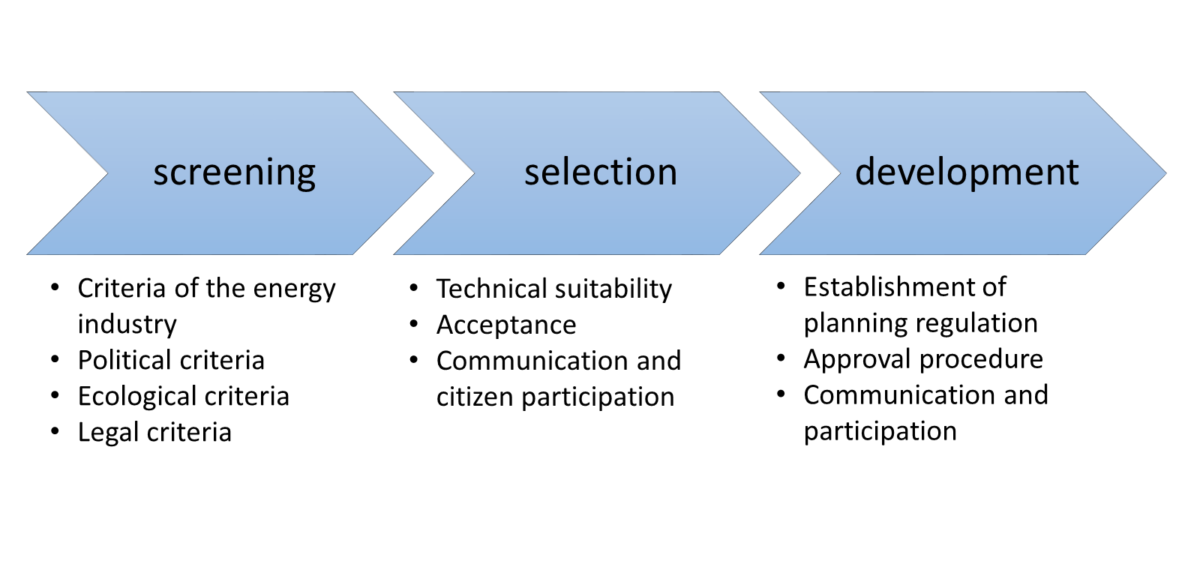Though the availability of areas for large solar district heating plants remains a major point of contention, there are ways to expand the market. They include detailed local heat plans, the use of unconventional, e.g., polluted or contaminated, areas, and awareness raising among public and private stakeholders. A webinar organised as part of the Horizon 2020 project SDHp2m…from Policy to Market puts a spotlight on these topics. A recording of the session is available online.
Denmark: area is not an issue
“We don’t have a space problem,” PlanEnergi’s Per Alex Sørensen said, emphatically. “There is enough suitable land for solar district heating.” Denmark aims at 8 million m² of solar district heating, or SDH, in 2030, which would require 2,800 hectares for collector installations. “That could not be an issue, since we have around 62 million hectares of farmland,” Sørensen said. To provide a vivid comparison, he added: “Even today, golf courses require about 10,000 hectares.” Likewise, he said: “Solar thermal acts as a corridor between green areas. It is much better than farming in terms of preserving biodiversity.”
During his presentation, he offered some best practice guidelines on land management, as part of an eight-step approach based on the lessons learned in Denmark. First, he said, it was more beneficial to evaluate multiple sites to stimulate competition between landowners, so the price for leasing or acquiring land would not be too high.
Additionally, it was crucial to inform neighbours of any installation in advance to receive feedback concerning its visual impact and its effects on the landscape. And it avoids complaints if solar fields were protected by fences and three rows of trees.
Possible sites would then be evaluated according to local planning rules and project approval granted in compliance with heat network regulations.
Germany: protecting the landscape is a challenge
“Germany’s network of gas pipelines means there is no awareness that you need land for heat supply,” said Christian Maaß, Hamburg Institut Consulting, Germany, who also underlined that the solar energy industry and farmers had been fighting over land for several years because of the development of large ground-mounted PV systems. Germany required a case-by-base assessment of suitable SDH sites, he said, as there was no top-down planning at regional level, in strong contrast to the wind energy where privileged areas for wind parks were identified in local planning. The situation was made even more complicated by the fact that landscape planners were usually reluctant to accept ground-mounted solar plants and 30 % of Germany’s territory had been designated as protected landscape.
To install SDH on farmland, Maaß suggested not going the route via privileged land use, as in the case of power lines, for which one typically obtains building permission. Since it was uncertain whether SDH could become part of that category, it would be more promising to look for areas zoned for specific purposes.
France: more than one approach
Mathieu Eberhardt, Auvergne-Rhône-Alpes Énergie Environnement, the energy agency for the namesake region, said that the rules to govern ground-mounted SDH in France should be derived from the ones on photovoltaic systems. Anyone intending to build a plant measuring above 1,500 m² and 1.8 m in height should apply for a building permit and agree to an environmental impact assessment and a public consultation. Since agricultural land could not be used for energy production, installing an SDH plant on an area like that should require a permit for land use change, unless the collectors would be installed on a structure such as a greenhouse.
Jan-Olof Dalenbäck, who works at Chalmers University of Technology and heads CIT Energy Management, shared with the audience an interesting rule of thumb regarding the distance from the solar array to the district heating connection: A 1-km line for each 10,000 m² of solar was always economically feasible, he said. He explained: “The extra costs and losses incurred for 1 km compared to, say, 0.3 km of pipe connection to a 10,000 m² collector array are a small, acceptable addition to the solar heat price.”
Simona Weisleder, Hamburg Institut Consulting, emphasised that – besides agricultural land – there were several unconventional areas for a collector installation. They included the large roofs of shopping centres and parking garages, polluted or contaminated land, patches along traffic routes, as on acoustic barriers, or other large infrastructure components, such as sewage treatment basins. Of course, the installation itself could be more expensive than on a green meadow.
Text: Riccardo Battisti, Ambiente Italia (Rome, Italy)
Chart: Hamburg Institut
Webinar video
